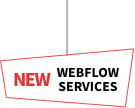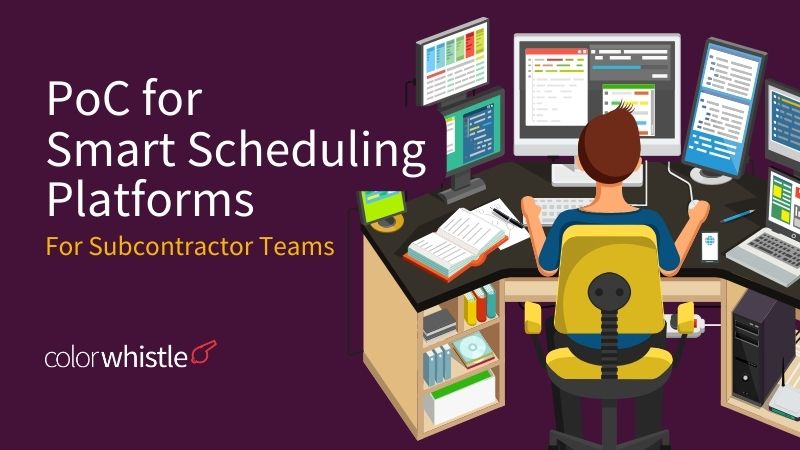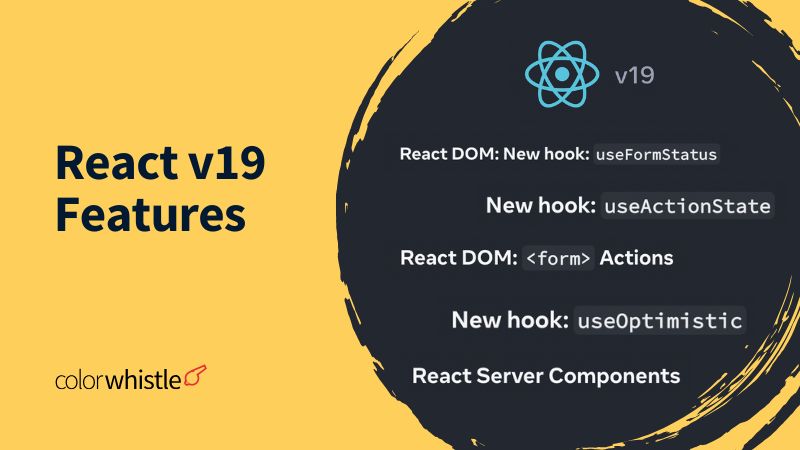Something that a lot of businesses and even internet marketers neglect to consider when coming up with their business strategy is the potential benefit of creating a web app. A web app can be an amazing business model all on its own assuming it provides a useful service that people are willing to pay for. Alternatively though, it can also be a great tool to enhance your service, or even to improve your workflow as an in-house ‘force multiplier’.
Web apps have clear value and there is a ton of untapped potential here but the problem is that they’re also complicated to create. Or at least they are if you don’t know where to start…
Introducing: PHP Frameworks
This is where PHP Frameworks come in. These are tools/platforms that provide you with the basic framework you need to create your own web app. PHP is a programming language that runs server-side and that has the ability to edit files stored by the webhost, this means that it provides everything you need to create ‘web 2.0’ and interactive features for a website.
On its own, PHP is complex and it would take a long time to build anything from scratch. With a framework though, you have a starting point, a set of resources and a set of tools. It’s like using a CMS to build a website (though a little more complicated), or a game engine to create a computer game. This drastically speeds up the development process, allows you to avoid strenuous coding tasks and improves stability and security.
The Frameworks
So now you know what a PHP framework is, how do you go about finding one?
There are a ton of different frameworks out there but here we will be looking at three of the biggest: CodeIgniter, Laravel and Symfony.
Note: Before you go ahead and try and install a PHP framework, make sure that your server is compatible with that framework!
Symfony PHP Framework Development
Symfony is aimed at more advanced developers which is both a good thing and a bad thing. It’s a good thing because it gives you more control over the deeper level code but on the downside, it’s not particularly user friendly. If you’re a professional php developer looking to create enterprise-level applications, then you’ll likely want to use something like Symfony. If you’re someone who has a ‘great idea for an app’, then this isn’t the place to start. It’s also a little slower than some other frameworks.
CodeIgniter PHP Framework Development
At the other end of the spectrum is CodeIngniter. This is a very well-known and widely used PHP framework that a lot of people recommend. It is highly user friendly (for what it is) and comes with a wide range of video tutorials. As long as you’re willing to learn, almost anyone can realistically create something with CodeIgniter given time. There’s a supportive community and it’s very fast. It’s also suitable to shared hosting accounts, which many small businesses will have. Symfony is not.
Lavarel PHP Framework Development
Lavarel is another very popular option for PHP frameworks and is also well suited to beginners. When it was first launched it was aimed squarely at practical and rapid web development and had a great community and documentation. Over time, it has evolved a lot and uses components from Symfony. This way, it has been able to add in some more advanced features that are missing in CodeIgniter. For that reason it has rapidly gained popularity and there are lots of great examples of amazing projects that have been built with the tool.
Looking for Web App Development Services / Solutions?
Seize and experience the transformative impact of Web App Development Services & Solutions with ColorWhistle.
Other PHP Framework Development Options
While PHP frameworks make it significantly easier to create your own web app, that doesn’t make it ‘easy’ overall. This isn’t quite like a website builder and some people will struggle even with knowing whether they can install the software to their server. If you count yourself in that bracket, then feel free to get in touch and Color Whistle will gladly give you a quote for the full development of your web app vision.
If on the other hand you’re someone who’s happy to tinker and enjoys learning new things or you’re someone who knows a lot already, then you can consider using one of the above frameworks and handling the task yourself. Other platforms to look into, if none of these quite float your boat, include Seagull (an easy framework for command line and GUI apps), CakePHP (suitable for beginners and advanced creators, with a focus on speed) and Zend (focused on web 2.0 applications with a huge community – better for more advanced users).
Whatever you decide, this is a fantastic world to dive into and start learning and once you have the ability to create your own apps for the web, the possibilities are literally endless!
In quest of the Perfect Web App Development Buddy?
Be unrestricted to click the other trendy writes under this title that suits your needs the best!
- API vs Web Application Differences – How They Work Together
- Dashboard Applications for FinTech Companies
- Web App Development Ideas & Guide
- Web Application Development Tech Stack – How to Decide?
- Industry Specific Web Application Development
- Top Web Application Development Companies
- Building Web Apps with WordPress





